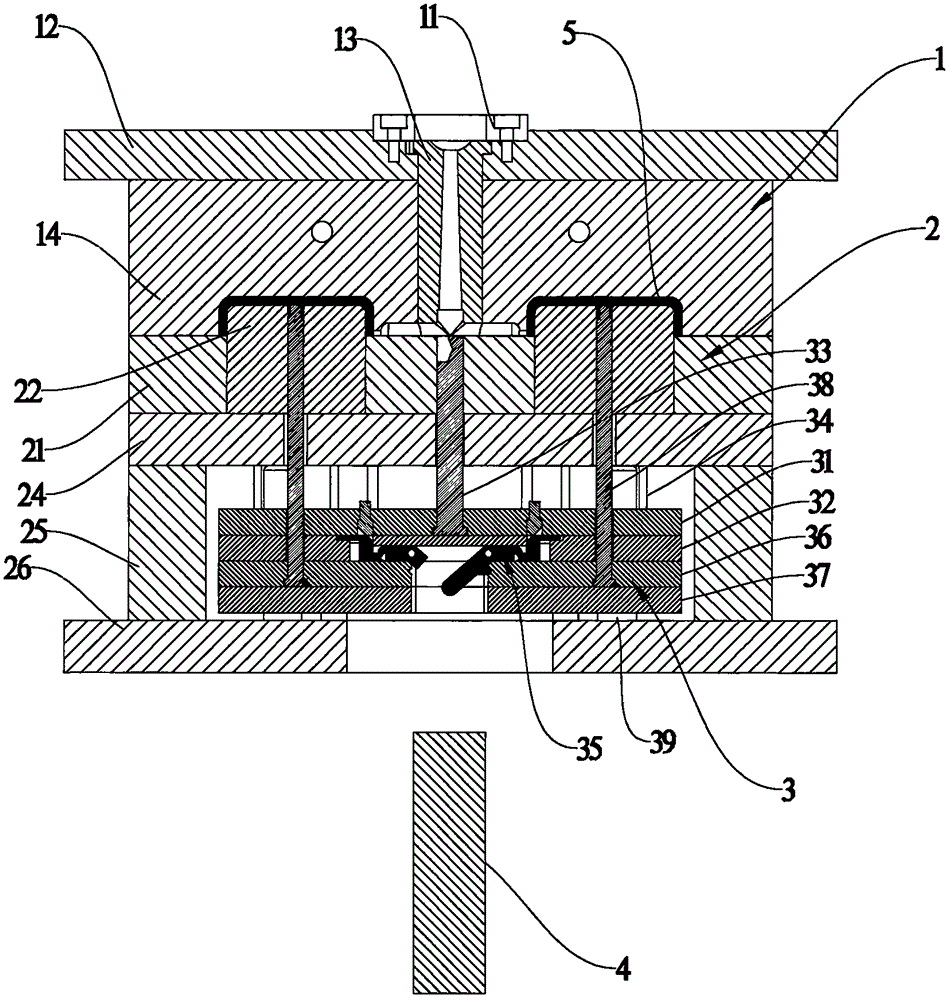Mold Release in Injection Moulding Mold
– By Zafar Kamal
Mold release is affected by a number of factors. Some molding compounds show better mold release than others, but it has been found that these compounds frequently have other disadvantages, such as greater shrinkage and less gloss. It is easy to understand what gloss has to do with the mold release, resins which develop the grainy or frosty surface will release from the mold better than smooth, high-gloss resins. However, even similar materials may vary in mold release properties.

This problem may be alleviated by changing the mold design, or one or more of the molding conditions, without effecting the end properties of the molded part. Mold release may be affected if the mold is packed too tightly in an effort to reduce or control shrinkage. Also , a molded piece may stick if the injection time is too long and the part has shrunk on the core, a problem may be alleviated by reducing the injection time. On the other hand, the cycle may be too short to allow the molded part to shrink away from the cavity walls, therefore the time for the injection should be lengthened.
Mold release largely depend on the degree of the polish of the inside faces of the mold. Proper surface finishes within a mold for a deep-draw item will decide whether it can be ejected easily or will stick to the cavity or core half of the mold. Enough draft must always be provided, especially in deep draw articles. Reverse draft or relatively straight side walls should be avoided wherever possible.









